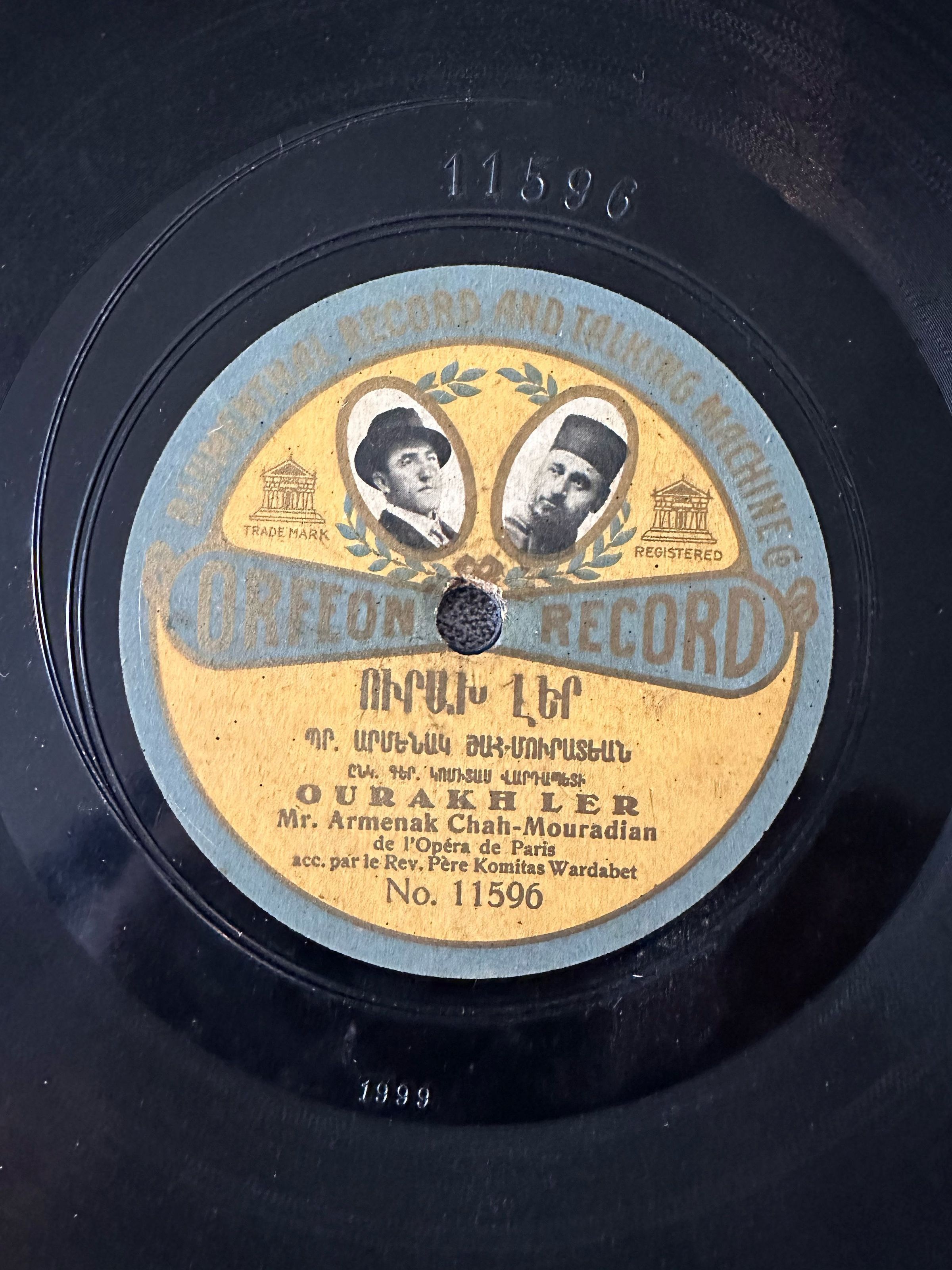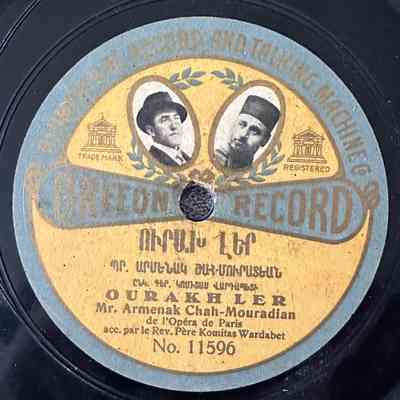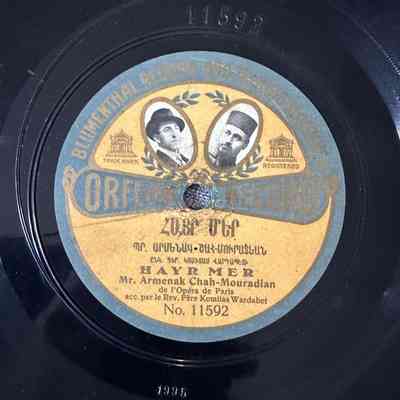Title
Ourakh LerTranscription
Ուրախ լեր, սուրբ եկեղեցի,
Քանզի Քրիստոս Արքայն երկնից
Այսօր պսակեաց ըզ քեզ խաչիւն իւրով,
Եւ զարդարեաց զամուրըս քո
Սքանչելի փառօք ի իւրովք:
Խնդա յոյժ դուստր Սիօնի,
Քանզի երկիրս երկինք եղեւ,
Այսօր պսակեաց վերստին քո նորոգմամբ
Եւ թագաւորն երկնաւոր
Հաճեցաւ բնակիլ ի քեզ:
Ընդ դասս երկնաւոր զօրաց,
Վերառեալ տօնեմք Քեզ այսօր զանդադար
փառատրութիւնս.
Ուրախ լեր, հարսն անարատ,
Անքննին քո խորհրդով:Track Notes
"Ուրախ լեր, սուրբ եկեղեցի" ("Urakh ler, Surb Yekeghetsi" – Rejoice, O Holy Church) is a prominent canonical hymn (sharakan) of the Armenian Apostolic Church, traditionally performed during major feast days, particularly those celebrating the Cathedral of Holy Etchmiadzin. The hymn is a lyrical expression of joy and reverence toward the Church, personified as a sacred and nurturing entity. Its themes center on divine grace, sanctity, and the spiritual triumph of the Armenian Christian faith.
Though the precise authorship of the hymn is uncertain, it is often attributed to Catholicos Sahak III of Dzorapor, a 7th-century ecclesiastical figure known for his theological and literary contributions. The hymn belongs to the genre of medieval Armenian liturgical poetry and reflects the stylistic and spiritual character of the Armenian Church’s hymnological tradition.
Musically, "Urakh ler, Surb Yekeghetsi" is composed within the Armenian modal system, typically in the third mode (dzayn), and exemplifies the melismatic, non-metric qualities of traditional Armenian sacred music. It has been preserved in various medieval manuscripts of the sharaknoc (hymnal) and was later transcribed and arranged by Komitas Vardapet, whose work played a pivotal role in the preservation and revitalization of Armenian ecclesiastical music in the modern era.
The hymn has been widely performed by liturgical choirs and soloists both within church services and in concert settings. Notable interpretations include those by the Armenian State Chamber Choir and prominent vocalists such as Armenak Shah-Mouradian.Title
Hayr MerTranscription
Հայր մեր որ յերկինս ես,
սուրբ եղիցի անուն Քո։
Եկեսցէ արքայութիւն Քո։
Եղիցին կամք Քո
որպէս յերկինս և յերկրի։
Զհաց մեր հանապազորդ տուր մեզ այսօր։
և թող մեզ զպարտիս մեր,
որպէս և մեք թողումք մերոց պարտապանաց։
և մի տանիր զմեզTrack Notes
The Armenian version of "Հայր մեր" ("Hayr Mer"), or the "Our Father" prayer, is a direct liturgical translation of the Lord’s Prayer from the Bible (Matthew 6:9–13) into Classical Armenian (Grabar), and its text is attributed to Mesrop Mashtots who was instrumental in translating the Bible into Armenian.
The melody commonly sung in Armenian Apostolic Church services today was composed or arranged by Komitas Vardapet (1869–1935), the renowned priest, ethnomusicologist, and composer who codified much of the Armenian Church’s musical tradition. His setting of "Hayr Mer" is reverent, simple, and emotionally resonant, and it remains the standard version performed in most Armenian liturgical contexts.

